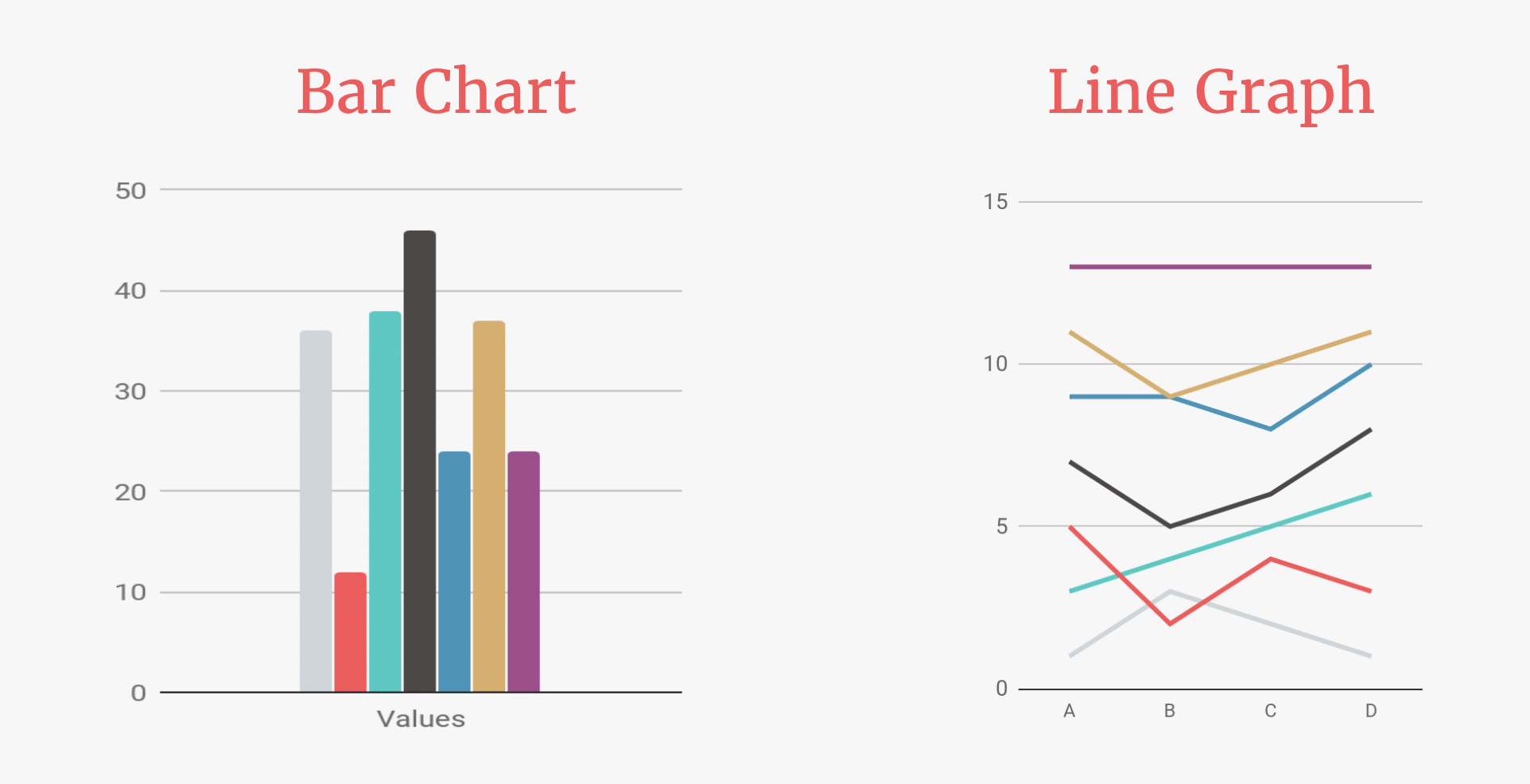As the year ends, it’s time to look toward calendar-based processes such as goals and taxes. It’s also a great time to review your website for content that isn’t fresh or valid anymore, or maybe content that’s just outright bad. When looking back at your website content, there are several things to consider.
Precision Dates
Review any graphs, charts, or statistical data that refer to a specific range of dates, or a precise number with meaning. You don’t need to make any changes when the data is historically relevant, such as the name of the owner and the date your company was founded. Say your business was founded in 1950 and has been in your family ever since. This is valuable information and you don’t need to adjust it.

However, when you find precise information that includes a specific date or date range that isn’t of historical significance, figure out whether you can generalize the information. That way, the information is valuable and accurate without referencing a specific date or precise value.
For example, “The company grew 12% in 2023” is precise and date-specific. Looking at additional data over time, you could change it to, “The company has grown on an average of 9% each year since it was founded in 1950.” As long as the growth is at or above 9% in the future, you don’t need to revise the information every year.
Broken Links and Aged Content
For a tech-based site, referring to specific software versions is the same as listing a date. So, look for things like “Ruby on Rails 5” and then check what the latest version is. You may find out something is no longer supported (no more Internet Explorer testing!). Or, you may find that it’s being sunset so you can move it to an “Archived” or “Retired Projects” section.
If your site has customer testimonials or business partnerships, check that the links still work and contain the information you want to convey. If you’ve won a local “Best Business of the Year” award, the content may get archived or removed completely.
Check for key business content that references staff in different roles or no longer with the company. Check links to social media like LinkedIn or Twitter/X, as well as GitHub, as people change their account names.
Neglected Pages
Look for formatting issues such as content running off the page, overlapping, and content hidden behind other components (like “Read More” links). Also, look for references that are obsolete or unfavorable. This is also an ideal time to make some changes so that your site is more responsive and accessible.
Before the end of the year is a good time to announce big changes in product lines or planned price increases. Also check for parts of the site that have gaps, such as out-of-date testimonials, press clippings, or papers/publications.
A new fresh look in one place can make a page seem antiquated or obsolete, regardless of the content. If the content is still viable and relevant, consider updating the formatting so the user experience is consistent across your site, reinforcing your branding as a single message.
Review your website to look good in the New Year and beyond!
Looking over your website annually helps maintain a consistent experience across the site. Additionally, you can do it in such a way that you abstract key information without losing accuracy or requiring constant updates. It is also a chance to find and address problems you may not have noticed.
Have you recently reviewed your website for “freshness?” If so, what other suggestions do you have to look for?



I love this! I’ve seen some of these errors, but never thought of them altogether in this way.